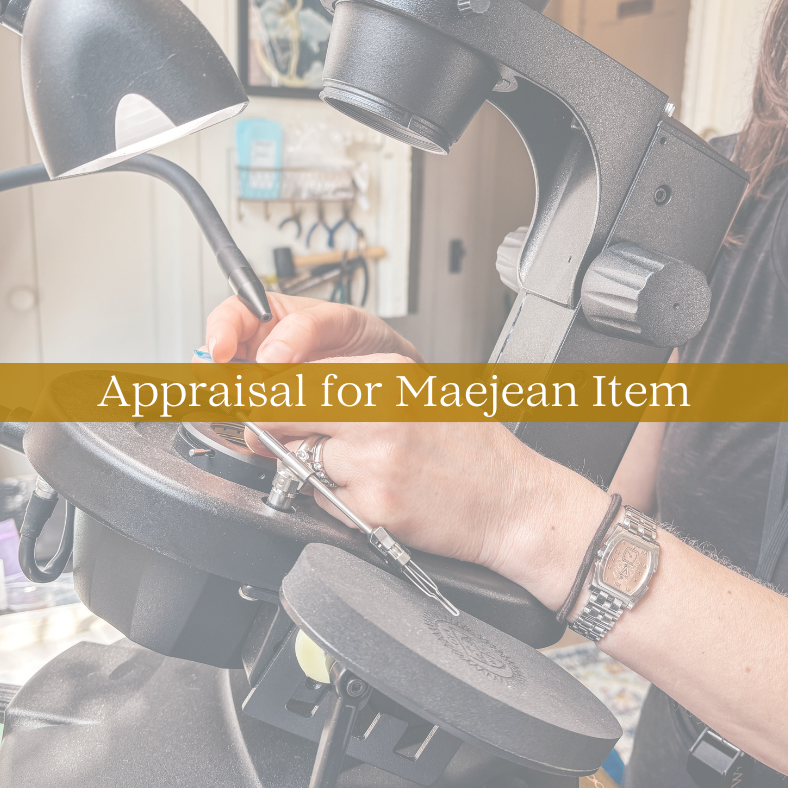Gold Plating
Gold plating (“GP”) could be an option for the price conscious shopper and is readily available in many stores you may frequent when shopping for your latest wardrobe. The origins of the first gold plating practice was first discovered during excavations in Peru during the 1980’s. Archaeologists discovered that the ancient smiths used copper alloys with gold which is known as tumbaga on their ceremonial pieces which date back to 50 - 300 AD! Fast forward many, many years to the early 19th century when Italian scientist by the name of Luigi Brugnatelli invented electroplating and was the first successful person to plate a thin layer of gold onto a piece of silver.
Essentially, gold plating covers a base metal (brass, copper, nickel, etc.) in a thin layer of gold through electroplating. We’re talking super thin, as in 0.00023622 of an inch. The pros are the cost. The cons are the cost. Can you pick up that cute necklace for a steal? Yes! Can you sell that necklace for a good price? Nope. The gold content is almost immeasurable, meaning you couldn’t even scrap it.
Another downside to gold plating is that the gold finish just won’t last; you may get a couple of wears out of it but in a short while the gold will start to rub off exposing the base metal. This is especially annoying if you have an allergy to base metals like nickel. Nothing says “cute” like a green itchy rash around your neck (I know from experience).
Gold Filled
You won’t need to worry about your allergies with gold filled jewelry (commonly referred to as “GF” or less commonly “Gold Rolled”) as GF jewelry is often guaranteed to last 30 years before beginning to wear. GF pieces have a much thicker layer of gold on them than gold plated.
Gold filled pieces manufactured in the United States are legally required to contain 1/20 (5%) gold by weight. This is why you’ll see stamps on GF pieces stating “1/20 XXk GF.” Do keep in mind that not all countries conform to these
The Modern Bazaar explains the gold fill construction process wonderfully:
“Gold-filled is constructed in two or three layers. The core metal is jewelers’ brass. Single clad gold-filled has all the gold content in a single layer on one side. Double clad gold-filled splits the gold content into surface layers on both sides of the material. The gold alloy is then bonded to one or both surfaces of the brass core with heat and pressure. The bonded raw material is then sold as sheet or wire to jewelry manufacturers for use in designs.”
It is important to note that gold filled jewelry, especially with lower carat weight (10-14k) may be more durable than a higher gold content. The higher the carat number, the softer the gold (science class refresher!). GF jewelry may be a good choice for you due to it’s more affordable pricing and longevity. Besides, since fashion is often cyclical, you may retire your GF piece for a few years until that style is in again, making it last longer than 30 years.
Solid Gold
As mentioned, gold is very malleable and doesn’t always make for the best everyday pieces (bracelets, rings). To strengthen pure gold other metal alloys are mixed in with it. Gold is measured in carats, and pure gold is 24k. The more alloys that are added to the gold reduce the carats, but strengthen the metal overall. The added alloys retain the desirable aspects of pure gold: luster, color, shine and most importantly value. This chart ought to help you understand gold purity breakdown:
10k: 41.7% gold -- The minimum standard for gold in the USA. Very strong and will hold up well.
14k: 58.5% gold -- Good, pretty strong.
18k: 75.0% gold -- Good strength, good balance in purity.
24k: 99.9% gold -- The purest gold you can buy, very malleable.

Summary
Each type of gold has its pros and cons, and it really depends on what you are going for: an accessory that matches your outfit for a special occasion that is affordable, or a staple piece that you can wear for the rest of your life.




